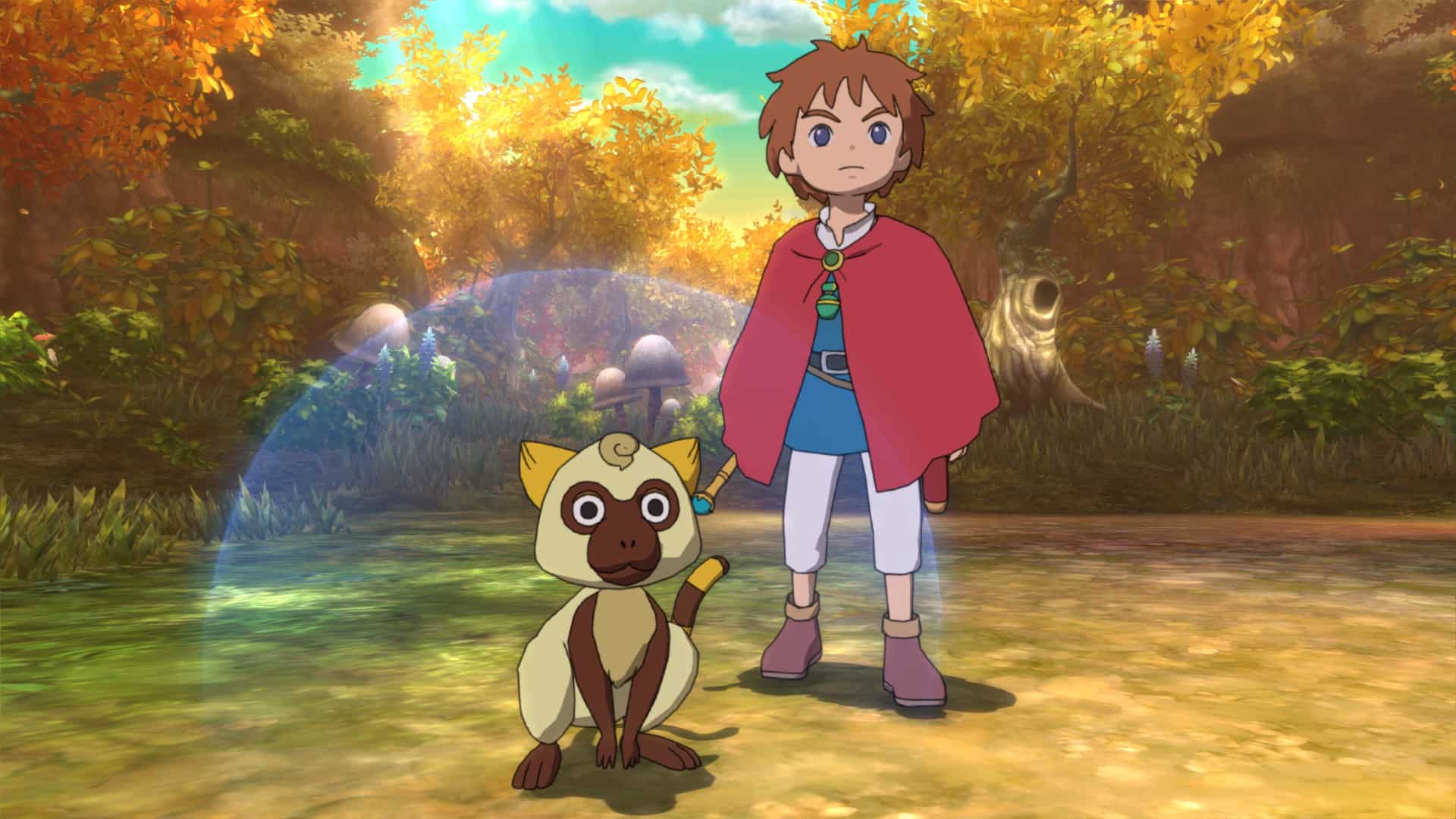
What is it? A well-liked JRPG belatedly makes its PC debut
Expect to pay $50/£40
Developer Level-5
Publisher Bandai Namco Entertainment
Reviewed on Intel Core i3-8350K CPU, 8GB RAM, GeForce GTX 1060
Multiplayer? No
Link Official site
Very few games look better than their sequels, but then Ni No Kuni is an exception to most rules. It makes its debut on PC after its successor, last year’s well-liked Revenant Kingdom, which took its visual cues from Wrath of the White Witch, but was made without the direct involvement of Studio Ghibli. This remaster doesn’t quite provoke the same saucer-eyed wonderment as the original did six years ago on PS3, but with Ghibli’s exceptional world building and typically gorgeous animation it’s still a beautiful thing.
Before you get to its autumnal forests and icy grottoes, however, you’ll spend some time in the equally well-realised town of Motorville. When his mother dies, a young boy called Oliver travels to a fantastical world in the hope of bringing her back to life. He’s joined by Drippy, a teardrop-shaped fairy with a lantern dangling off the end of his nose, who is easily the best reason to stick with the English-language dub. Larking about and cracking wise in his rich Welsh burr—the highlight of what is a pretty terrific localisation all round—he’s one of the most appealing partner characters in any RPG. Some might find him overly chatty at times, but he’s always on the right side of annoying.
Then again, Drippy does contribute to the game’s coddling approach to the problems you face, whether it’s a tricky boss or an environmental puzzle. Over the course of the game, Oliver gains a series of spells that let him unlock doors and chests, for example, or restore withered fungi into springy steps. He can even gather emotions from those with an excess of them: with permission, a lively villager will hand over their surplus exuberance so Oliver can perk up a lethargic guard, say. But the solution is almost always handed to you on a plate, giving you no room to work things out for yourself. I’m not sure its nannying tendencies are excused by the fact that it’s, y’know, for kids—children are brighter than games aimed at them often give them credit for.
Blending command-based and real-time elements, the combat system isn’t nearly so straightforward. You can control Oliver—though the stick he starts out with has little effect, and the wand he gets a couple of hours in isn’t much of an improvement. So for the most part, you’re better leaving him on the sidelines and relying instead on a range of familiars, friendly creatures you’ll find throughout your adventure, and which you can feed and bond with between encounters.
Positioning as well as timing is key: you’ll control your familiars directly, while giving them commands to attack, defend or dodge. Clear tells and long wind-ups for powerful attacks give you the chance to pull off counter-attacks or cause opponents to miss you, leaving them vulnerable for a short time. You’ll need to quickly collect the health and magic pickups that drop sporadically, and the rare golden orbs that allow for special attacks unique to each familiar. You’ll need to switch them out when they’re tired, while elemental strengths encourage you to chop and change depending on the opponents you’re facing.
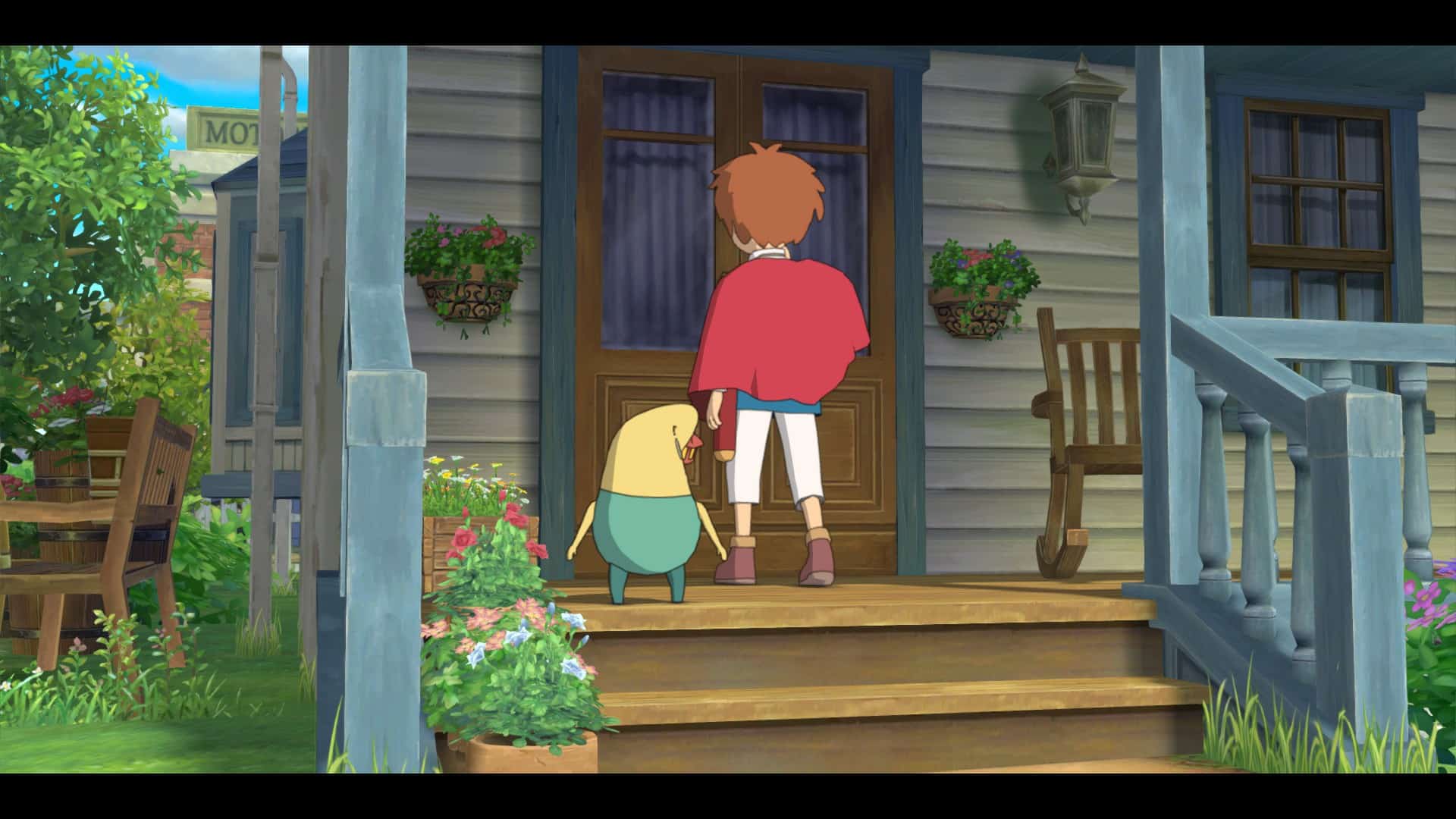
In places, it can feel fiddly and complex rather than deep, and in the early game you can get away with sending out your most powerful familiar and simply repeating the attack command. But when new characters and their familiars join your party, opening up new tactical possibilities—the AI isn’t perfect, but you can get them to focus on healing, or go all-out when a monster is stunned—it comes into its own. It may borrow various bits and pieces from other games but it combines them into something distinct. And though the monsters aren’t vintage Ghibli designs by any means, they’re still cute and characterful enough that you’ll likely grow quite attached to them.
The story, by comparison, is more conventional, though a relentlessly punning script lends a bit of flavour to some fairly well-worn JRPG tropes. Find the great sages! Seek out the magical stones! As such, the appeal lies not in wondering what exciting plot development awaits you next (because, well, there aren’t any) but rather what gorgeous new setting you’re about to visit—and in Wrath of the White Witch, even the sewers are lovely. Technically speaking, it’s only a minor improvement over the original, though with anisotropic filtering and anti-aliasing and the option to uncap the frame rate make this the best-looking, best-performing version of an already handsome game.
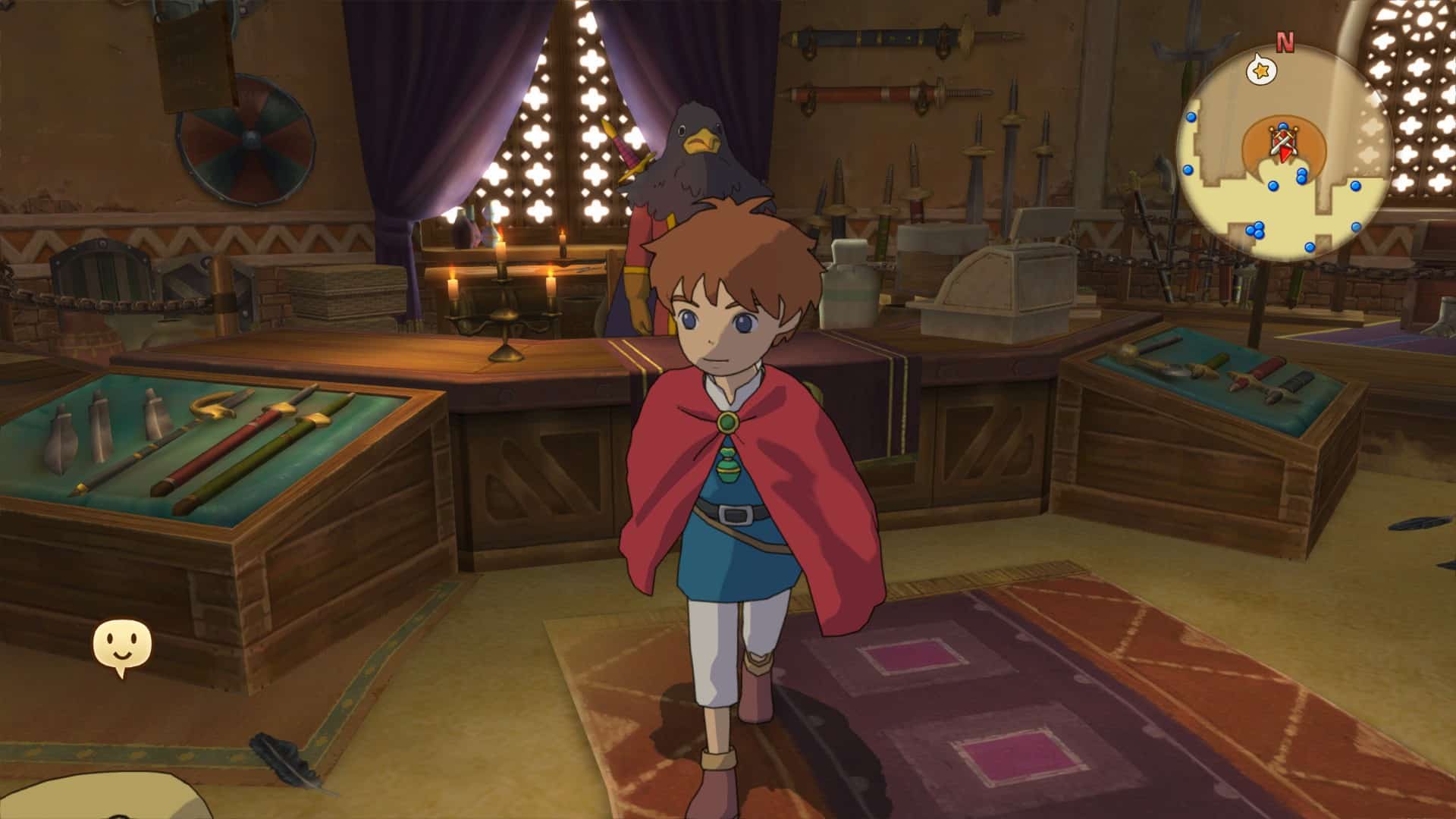
It helps no end to have Ghibli’s regular composer Joe Hisaishi on board: delicate and plaintive during the emotional moments, grand and sweeping in battle, his score makes the game sound almost as good as it looks. Your movement speed across the field map is slow, each trek to the next area punctuated by throwaway encounters against cannon-fodder enemies, but Hisaishi makes it all feel like an epic odyssey. As you progress, you’ll steadily fill up a lavish in-game tome that acts as a memento of your journey. It’s nice just to leaf through it every now and again to see how far you’ve come.
On paper it sounds sickeningly sweet, though there are hints of the undercurrent of darkness that runs through Ghibli’s best work, even if it’s hardly Grave of the Fireflies. Wrath of the White Witch is traditional to a fault, and lacks the kingdom-building hook of its sequel, but it makes for a mostly pleasant, sporadically delightful, 40-plus hours of playful escapism.
Read our review policy
An exceptionally pretty if otherwise conventional JRPG with diverting combat. Not an all-timer, but worth a (re)visit.


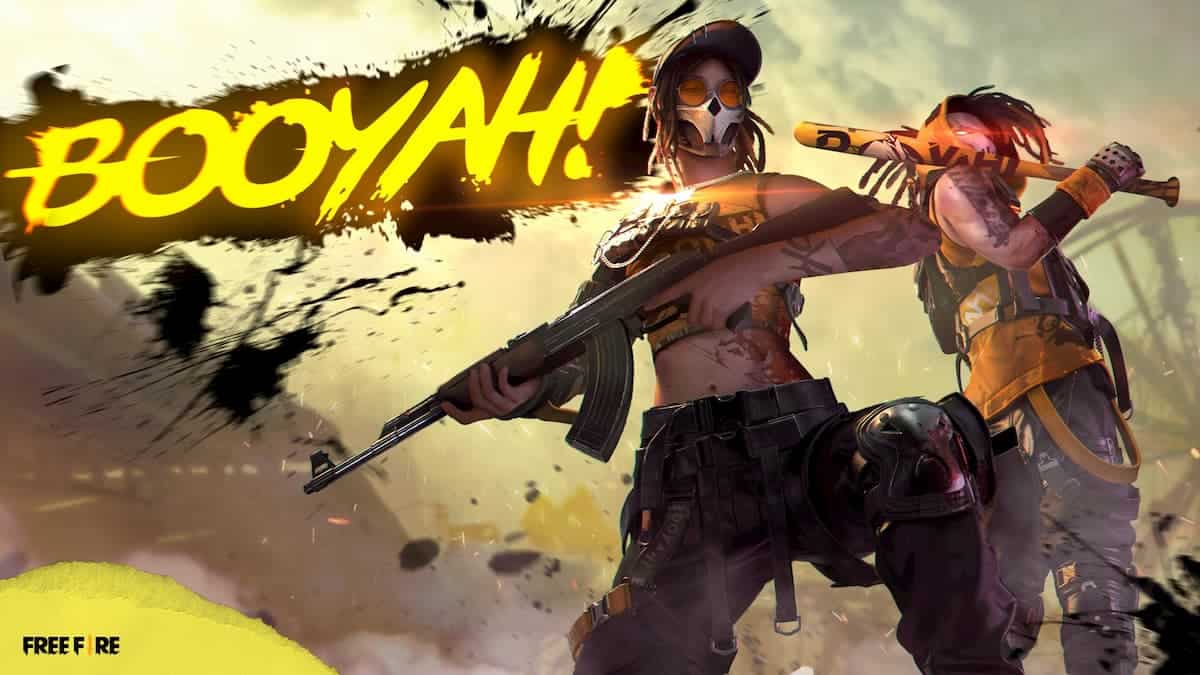
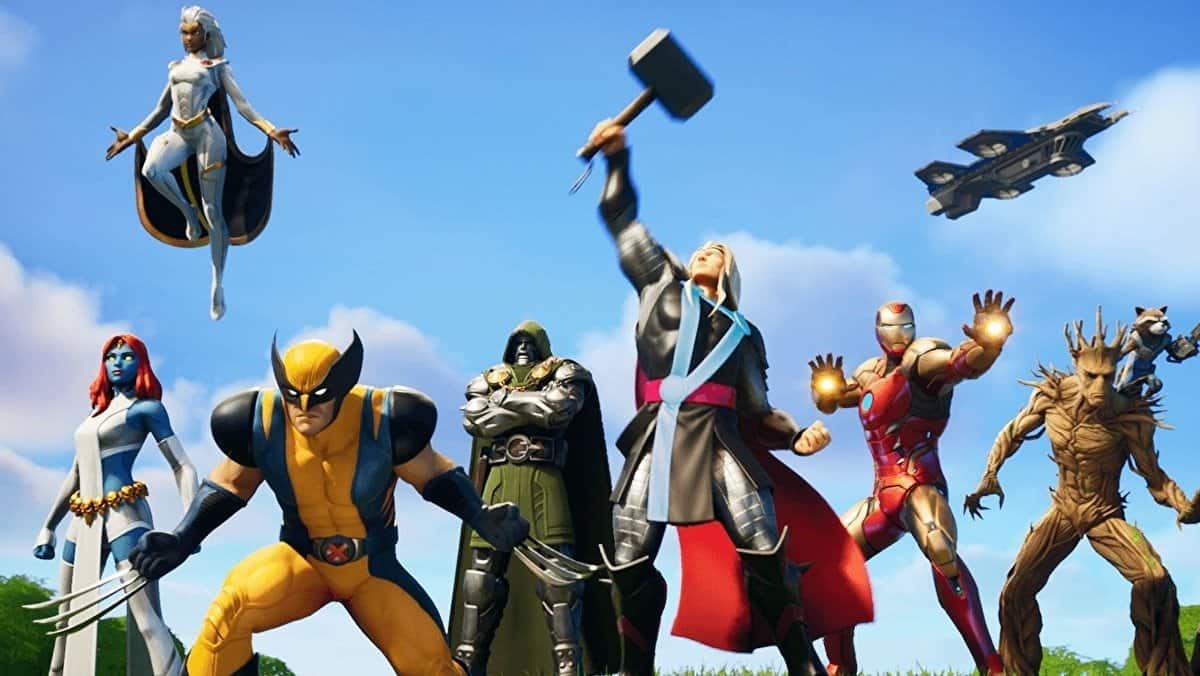

More Stories
Firefighting Simulator – The Squad review — Through the fire and the shame
Maid of Sker review — Death in the slow lane
PHOGS! review – It’s a dog-help-dog world out there